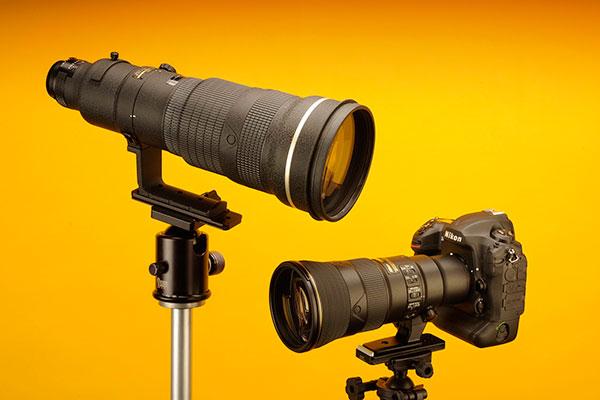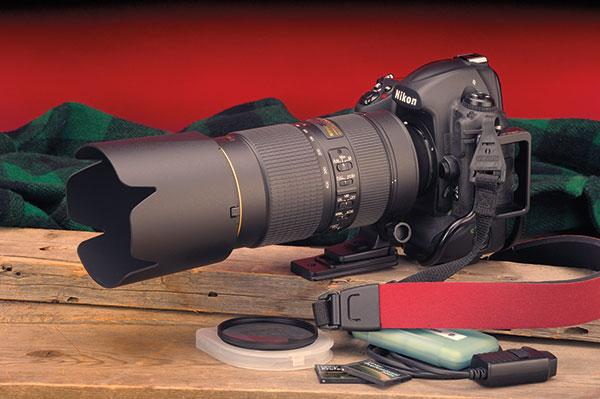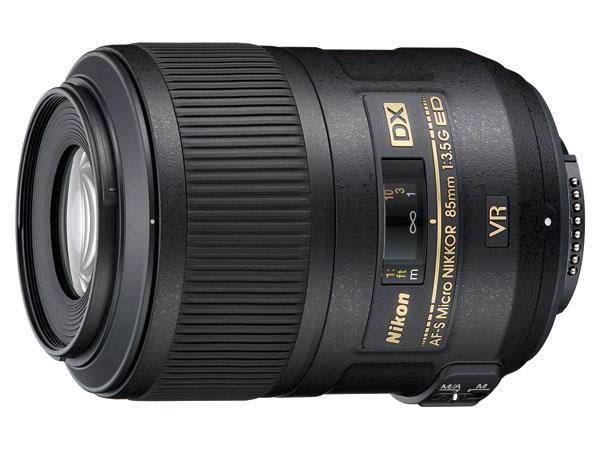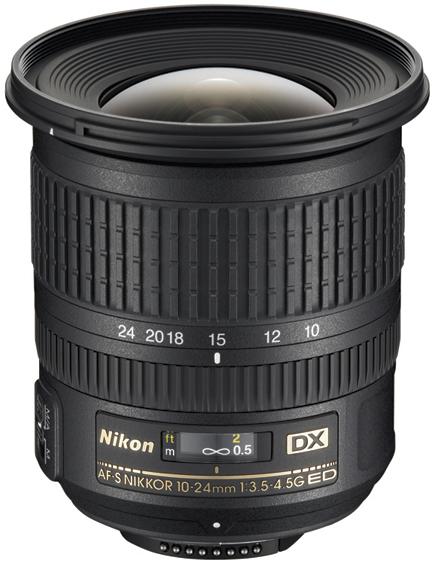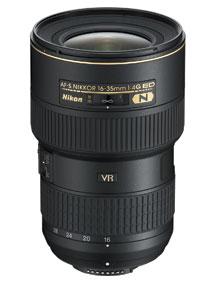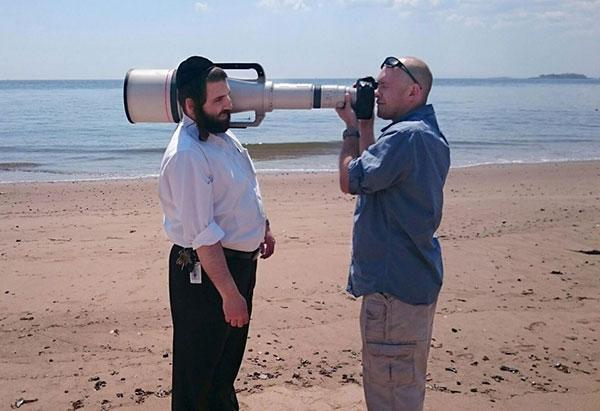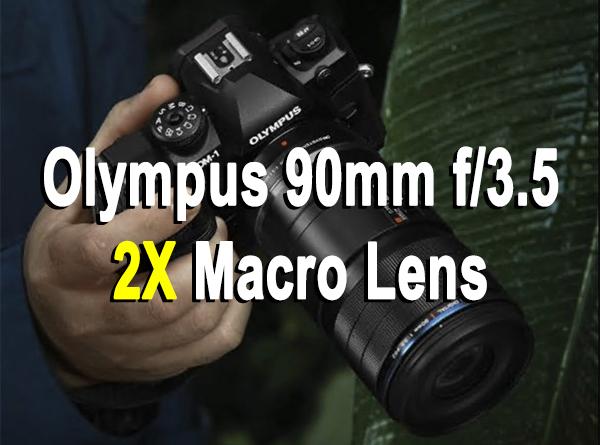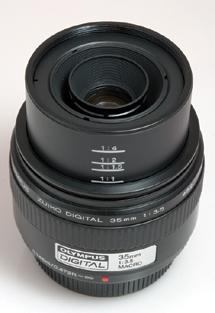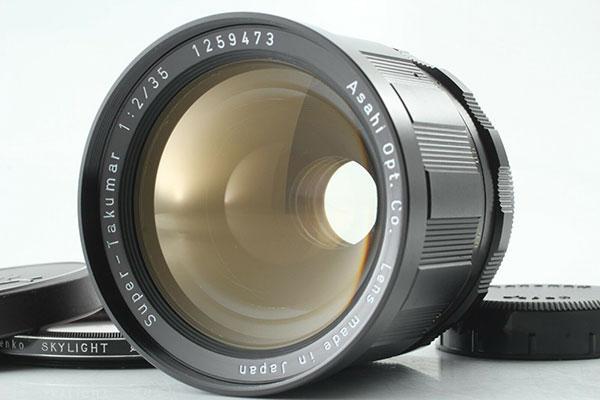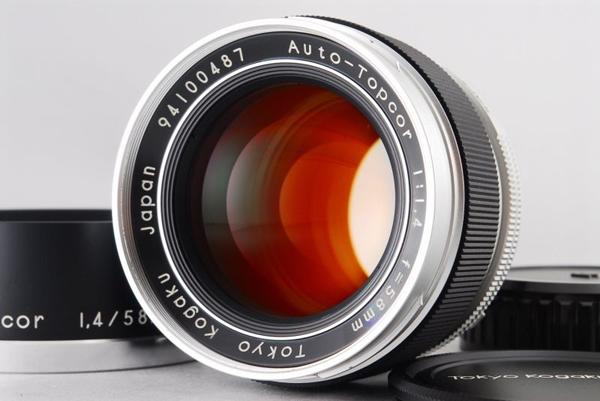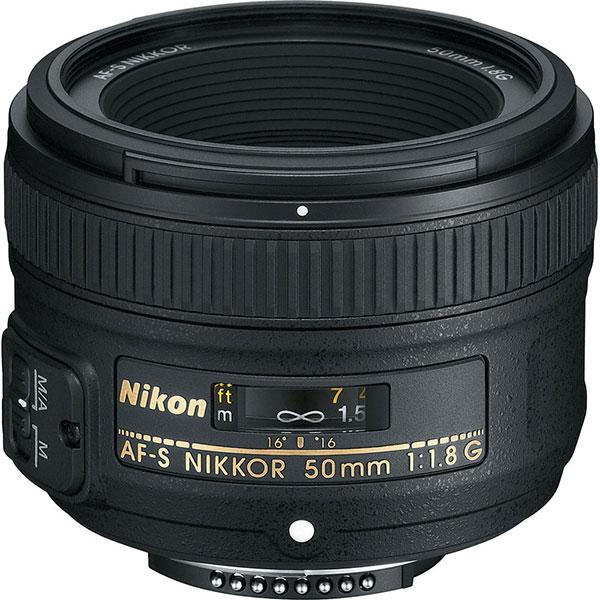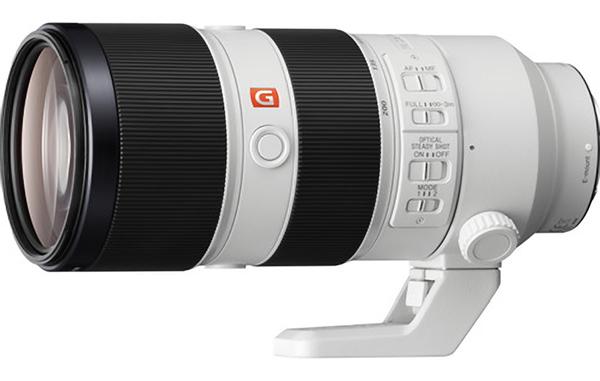Lens Reviews
Sort By: Post DateTitle Publish Date
|
Jan 29, 2019 |
|
Jul 18, 2014 |
First Published: Jun 01, 2014 |
|
Nov 22, 2011 |
First Published: Oct 01, 2011 |
|
Mar 05, 2021 |
|
Dec 01, 2009 |
|
Aug 01, 2010 |
|
Aug 01, 2010 |
|
May 27, 2015 |
|
Apr 04, 2019 |
|
Feb 07, 2023 |
First Published: Feb 08, 2023 |
|
Aug 01, 2006 |
|
Feb 28, 2019 |
|
Oct 07, 2016 |
|
Jan 22, 2018 |
